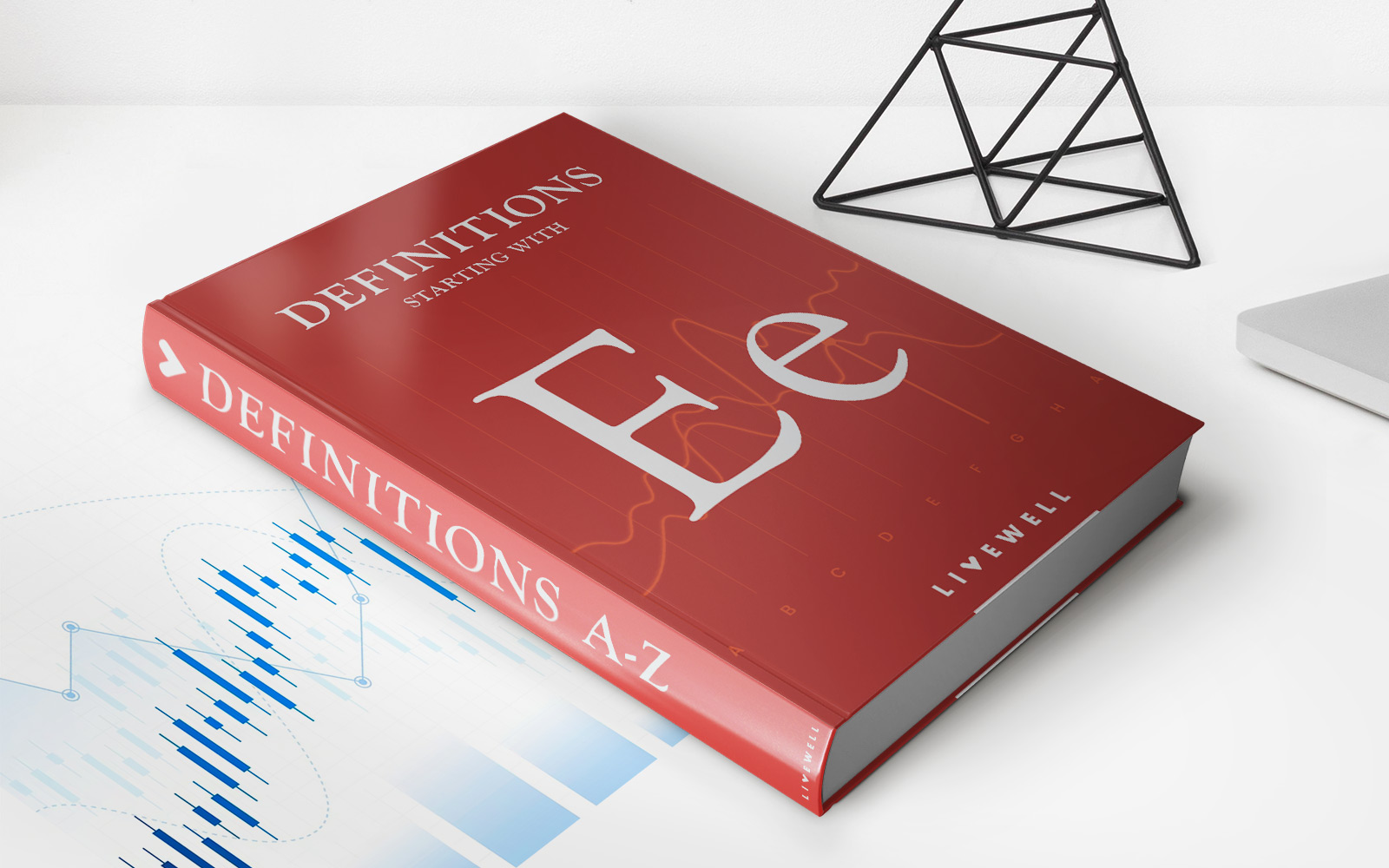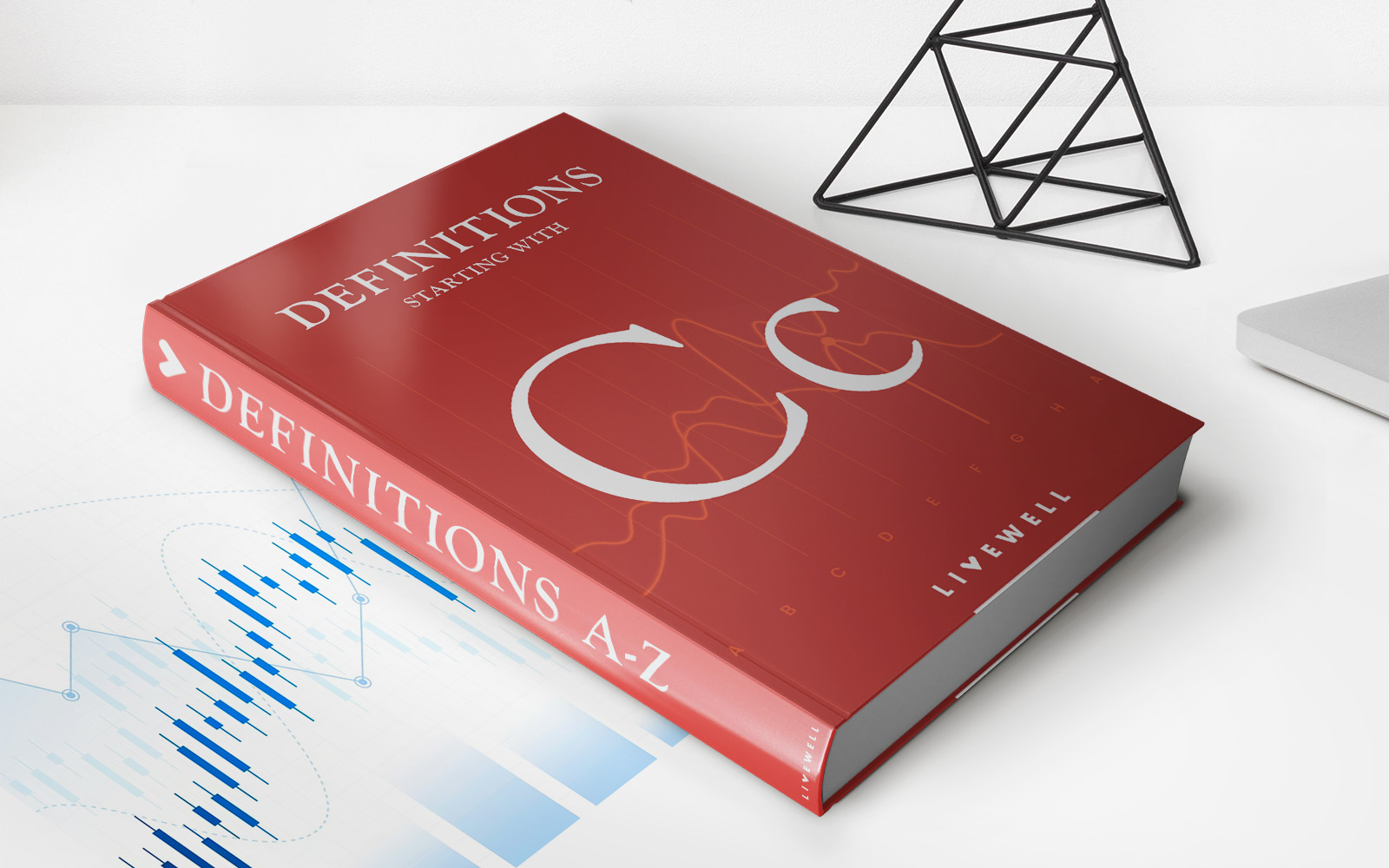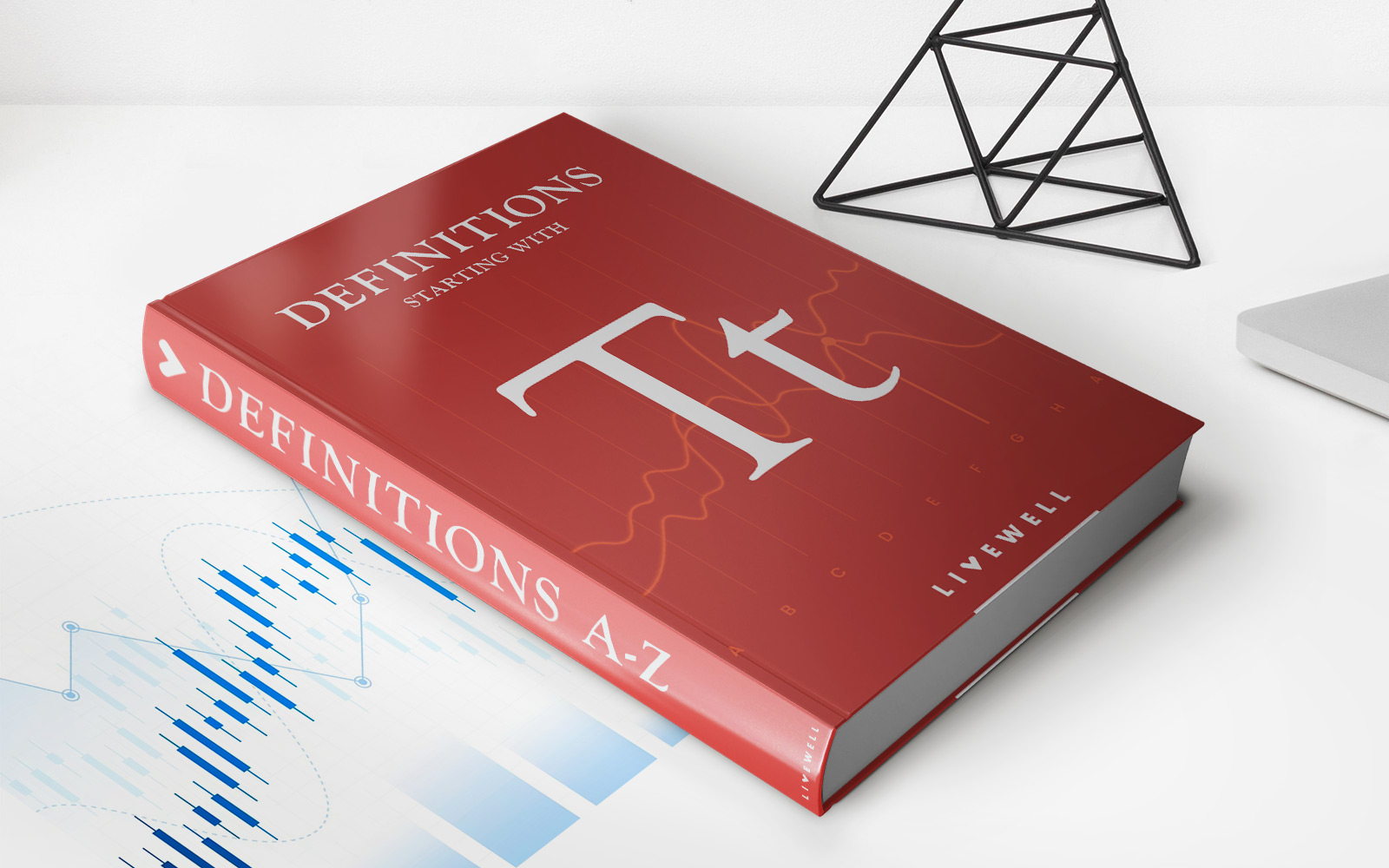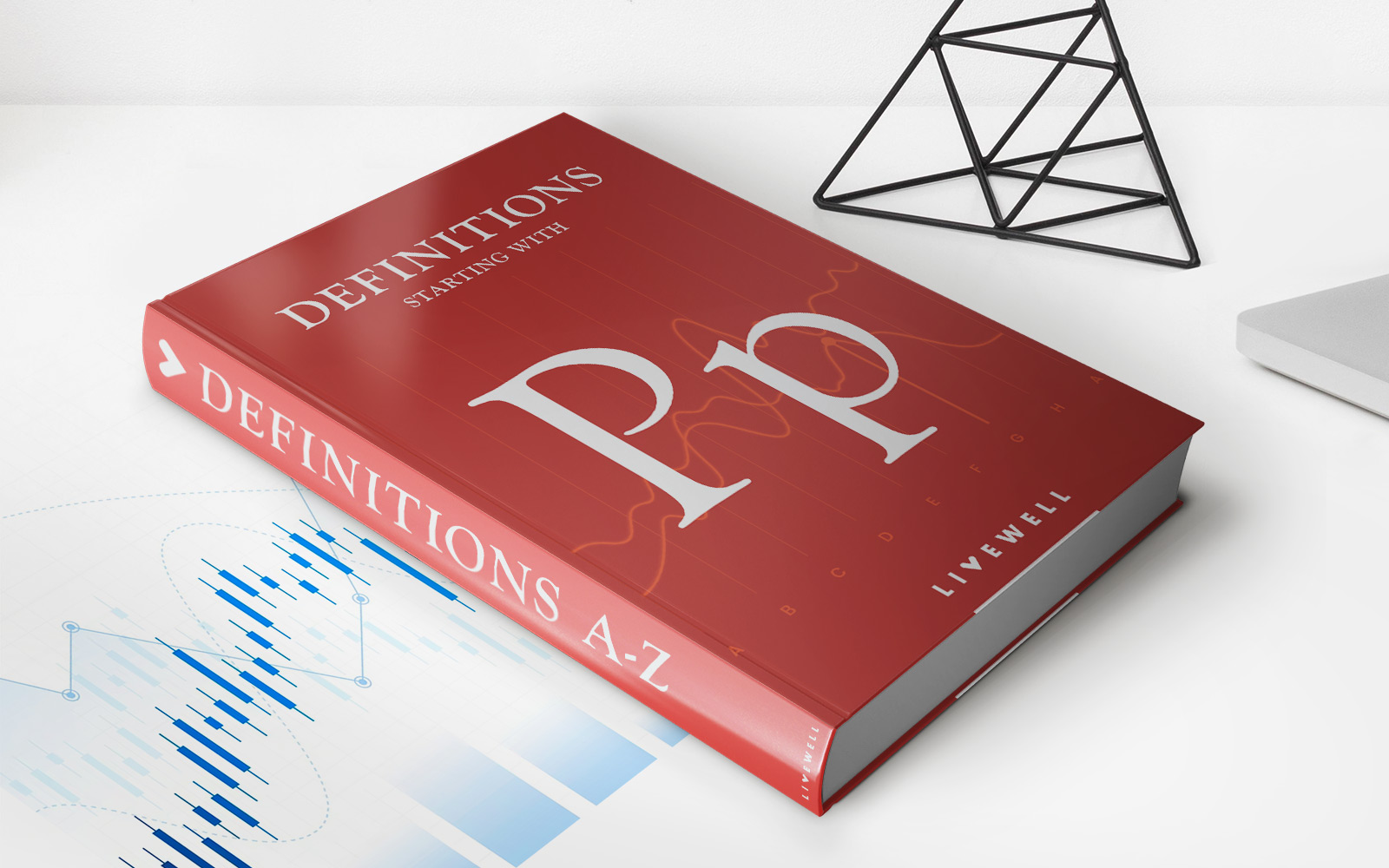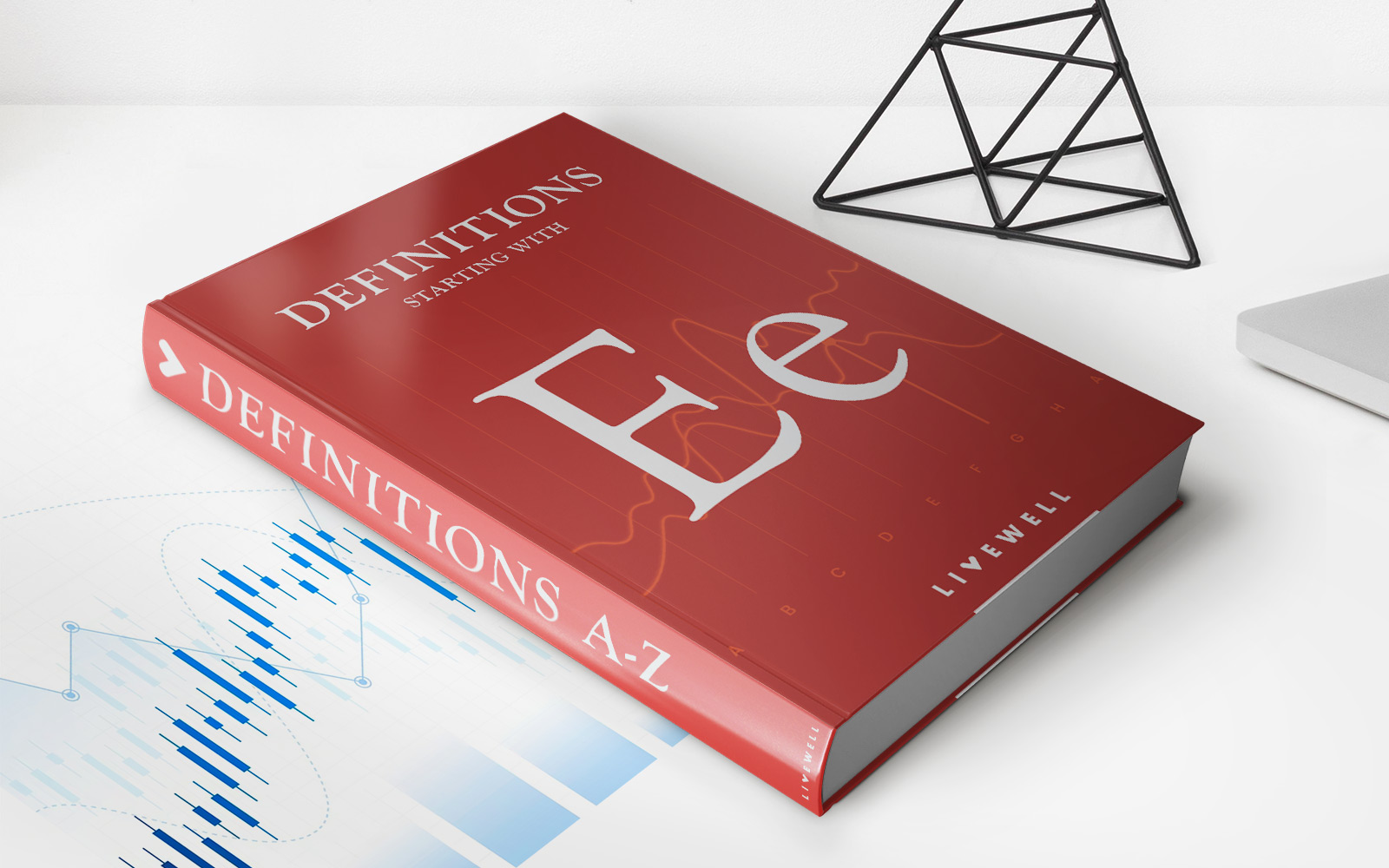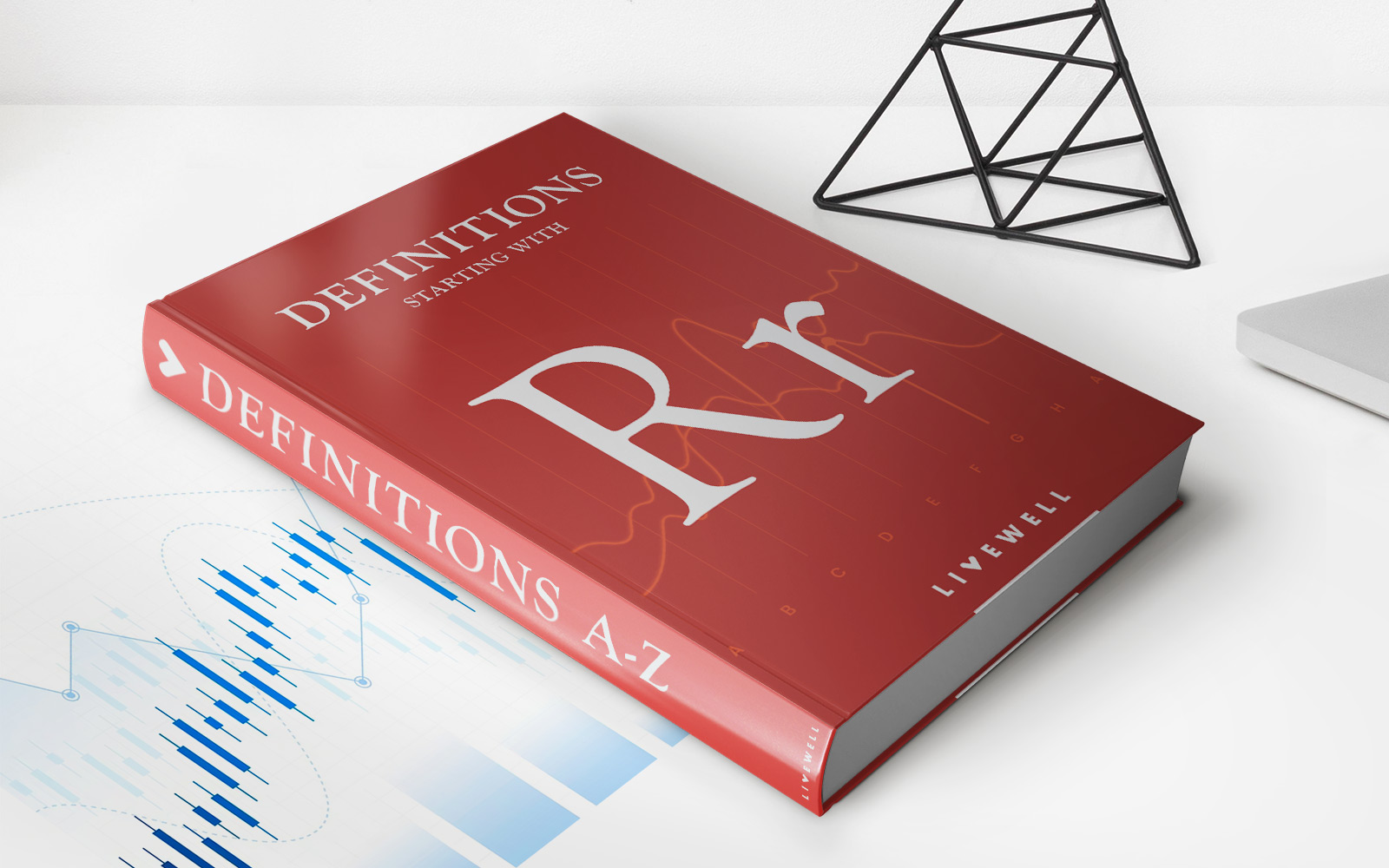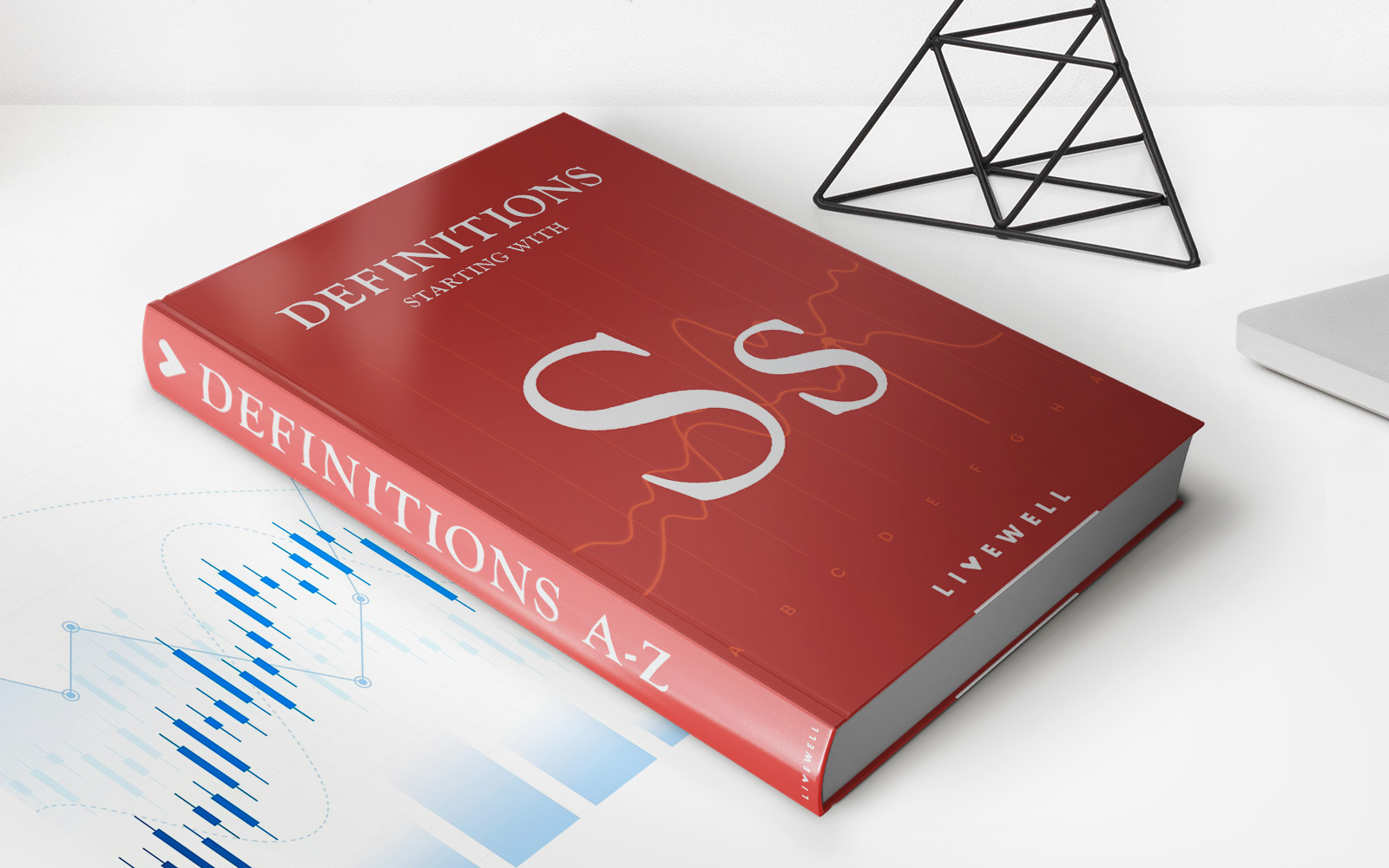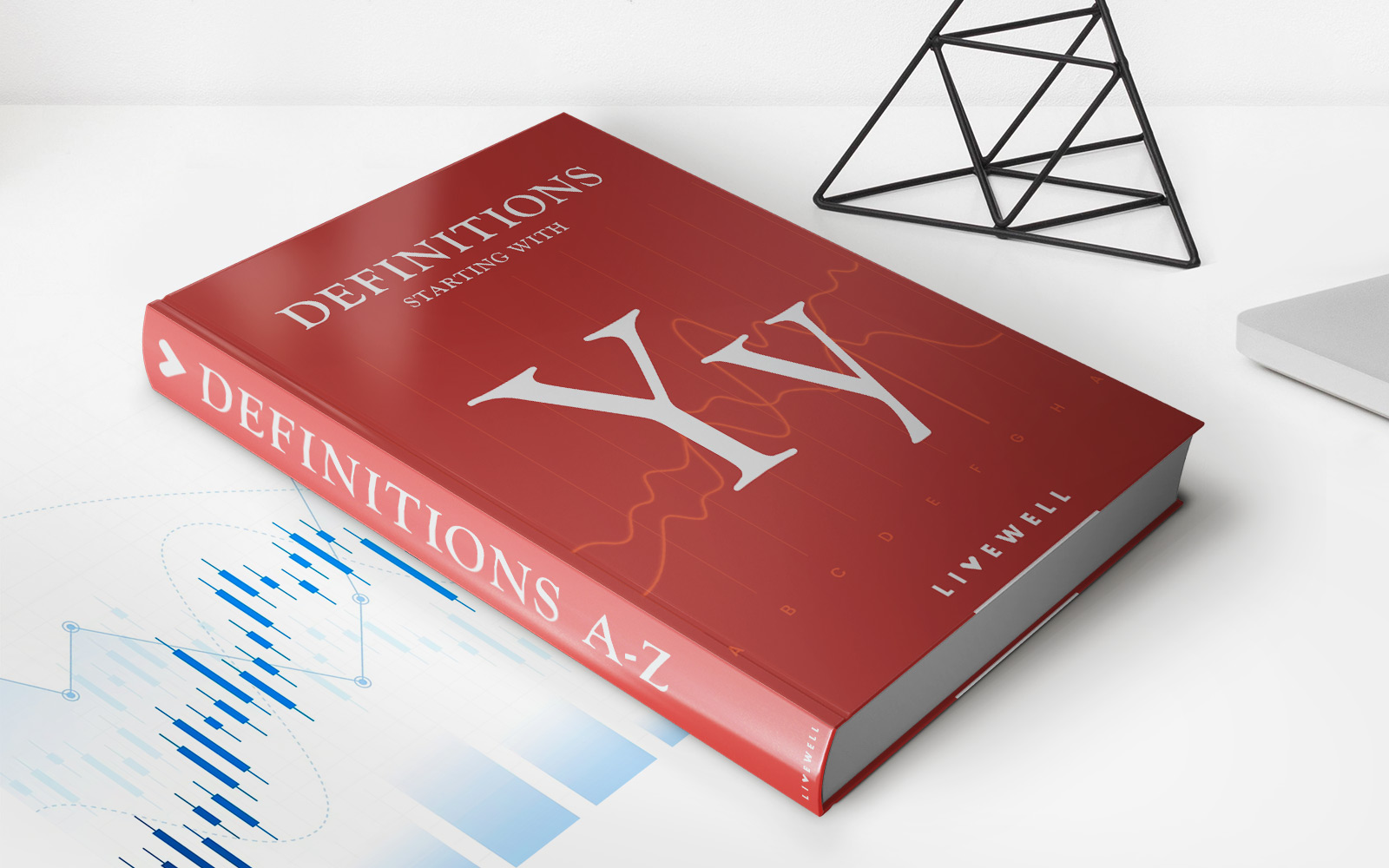(Many of the links in this article redirect to a specific reviewed product. Your purchase of these products through affiliate links helps to generate commission for LiveWell, at no extra cost. Learn more)
Return On Equity: Why Is It Important?
Return on Equity is a simple concept to understand. Whether you’re a budding finance professional or a seasoned entrepreneur.
The first thought that comes to mind when we talk about Return on Equity (ROE) is, how it affects present-day businesses. May it be a conglomerate or a grass-root, these enterprises thrive on investors’ money.
Capital is important in keeping the ball rolling so as to get the desired revenue and profit growth. ROE is a tool that businesses use to measure dividends. It can also be a factor to predict potential methods for future growth in profit.
The ROE measures the rate of return an owner receives from his shareholdings in a company
. After settling liabilities and returning assets. Profit bases from the vantage point of an investor, and not that of the company.
Why Is It Important For Businesses To Use ROE?
-
It’s a good measure of net income, giving investors a good grasp of how companies make use of their money.
- Making use of the ROE is a good way for investors to see a company’s ability to convert assets into revenue.
- A high ROE is an indicator that a company is successful at managing equity to fund operations.
How To Calculate For Return On Equity?

Photo by geralt from Pixabay
ROE = Net Income/Shareholder’s Equity
To better understand this, let us look at an example. Floral Secrets Everyday generated $30 million in net income from selling tulips a year ago. They generated a $10 million shareholder’s equity that same year.
We can then substitute values and compute the ROE using the ROE formula. But, it is important to take note that at times the formula applies for common shareholders.
Thus, you must omit values preferred dividends in the calculation. To get common stockholder’s equity, get the average of both the beginning and ending equity.
ROE = $30,000,000/$10,000,000 = 33.33%
This is clear if values for common and preferred shares in total are not available.
To get the ROE, deduct preferred stock from net income. And deduct common shares outstanding from shareholder equity.
So let’s say for example Floral Secrets Every Day has a total of preferred dividends of $20,000. And accumulated $20,000.00 and $6 par in common share the same year, then the computation would appear as follows:
$30,000,000 – $20,000.00 / $20,000.00 x $6 = $45
Company Return On Equity V.S. Sector ROE
A Return on Equity will tell you how a company is doing in relation to its competitors in a given market. This comparison is only effective when companies involved are similar to one another, since values may vary across sectors.
Using this approach will provide you with a more accurate report. It will tell you which companies are performing with greater financial efficiency.
There is a difference in income and profit levels across sectors. Thus, it is important to compare companies that come from the same sector.
For example, utilities may have a lot of assets and liabilities in their balance sheets. As opposed to a small amount of net income, while others may have the complete opposite.
To consider if a particular ROE is good or bad, check how other stocks in other industries are performing.
Let’s say, for example, the utility sector possesses a 10% ROE. It is typical for retail and technology companies to have 18% or above rating. You can consider this as the typical ROE.
The general rule in the evaluation of the ROE level between two companies is to reach the standard for a peer group. The ROE either meets the typical standard or is a little bit above the standard.
It is important to take note of the fact that even within the same sector that the ROE percentages may differ. If an entity chooses to release dividends rather than keep monetary funds idle.
A short way to determine the return on equity is on the basis of the long term average of the S&P 500 which is 14%. Companies consider this as a good rating for ROE, while you should consider a 10% as a poor rating.
The Use Of Return On Equity To Estimate Growth Rates
An ROE makes use of estimate dividend growth rates. If the percentage of the ROE is close to the peer group average or above the accepted percentage.
ROE is a good way to predict a stock’s dividend growth. Meaning the ROE is a good metric to use to gauge the relative increase or decrease in value of a stock. Or predict ranges in dividend and future trends.
These two elements relate to one another. And maybe help to make it simple for investors to make a comparison. This helps determine which company is suitable for their needs.
A company’s future growth rate requires multiplying the ROE to the company’s retention ratio. To better explain what retention ratio is, it is the percentage of profit that the company keeps. To redistribute profit back to the company for future growth.
Sustainable Growth Rate As Prediction For Dividend Growth
Stakeholders can predict whether to invest in a particular stock or not. And identify if a stock is earning profit by the use of measuring the sustainable growth rate. A rapid growth in dividends is not always a good indicator of a company’s economic stability.
For example, it may be a gamble to invest in a particular stock. If the growth rate is increasing at a faster rate than its sustainable growth ability. An investor may reconsider deciding on investing in a stock or not.
If the share is growing at a very slow rate as compared to the expected standard, you should not. If the share is growing faster than it’s normal sustainable growth rate, do not invest either.
You must be thorough if a stock is growing too fast or too slow because this means that there is a risk of investing in it. This may mean that the market a company belongs to may not be showing risky signs that it is in a recession.

Photo from Pixabay
Estimating Dividend Return Rate
An above-average ROE rate is usually attractive to investors. But a high ROE rate does not always mean that a company is doing well. Sometimes a high ROE (even those that are a little above average) may be good.
There is a risk this is misinterpreted because a high ROE may also be a sign of a small equity account. Compared to a high net income.
Negative Signs of High ROE
- Inconsistent Profits – A company could not be earning for many years but still have a high ROE. This reflects in the balance sheet as a “retained loss”. The losses represent negative values and mean to lessen shareholder equity.
L
et’s say that this company has bounced back from its crisis and begins to regain financial momentum. You must still consider losses made in previous years. This reduces share-holder equity. And in effect makes for a high and misleading ROE.
- High Amount of Debt – Another scenario when an ROE is misleading is when a company has a high amount of debt. When a company is borrowing funds at an aggressive rate, this increases ROE.
The reason is that equity is equal to the profit generated. Then deducted by accumulated debt.
An example of this is when a particular company borrows a large amount to buy back its own stock. Which inflates earnings per share. This doesn’t affect the actual growth rate or performance.
Negative Net Income
A negative net income or shareholder equity can lead to a stilted ROE. If this is the case, you cannot use these values to compute for ROE.
The most common culprit of a high ROE rate is excessive amounts of debt. Another cause is inconsistent profits.
For companies that use their cash flow to buy their own shares, this is not applicable.
Companies may use this method rather than paying dividends, which can reduce equity. This can turn this value into a negative figure.
Comparing ROE And Return Of Invested Capital
Often, people confuse these concepts one for the other. There is a clear difference between the two, no matter how similar they seem.
The goal of the ROIC (Return on Invested Capital) is to measure the amount of money a company makes after dividends. based on all its sources of capital. This includes shareholder equity and debt.
Meanwhile, the ROE looks at how well a company utilizes all its available capital to make money. The ROE is a perfect
Limitations of Using Return Of Exchange
A large Return of Exchange is not an indicator that a company’s financial reserves are stable. The same goes for a below standard ROE level.
A negative ROE isn’t used to analyze a company’s ability to produce returns. A negative ROE level is not a good metric of comparison to another company’s positive ROE level.





